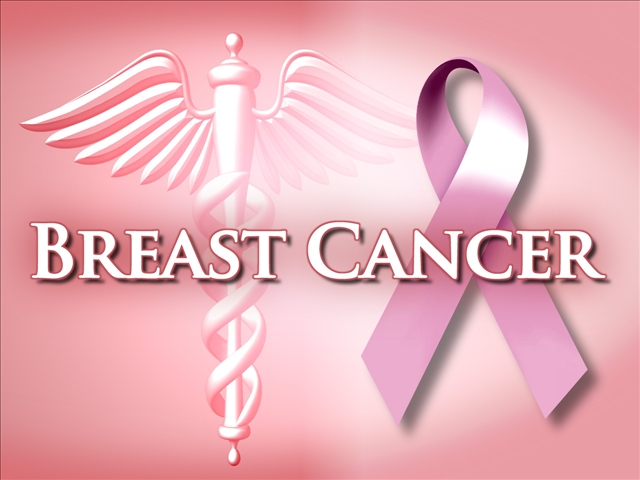Hot on the heels of the new systematic review and meta-analysis of the abortion-breast cancer (ABC link) in China published by Dr. Yubei Huang last November and reviewed in NRL News Today in December, comes yet another blockbuster study from the Asian subcontinent.
On Christmas Eve, a study by A.S. Bhadoria et al. of the All India Institute of Medical Sciences—“Reproductive factors and breast cancer: A case-control study in tertiary care hospital of North India”–appeared online in the “Indian Journal of Cancer.” These new Asian studies are changing the game in ABC link research
The Bhadoria study of 320 breast cancer patients and 320 age and socio-economic status-matched healthy control women reported a 403% increased risk of getting breast cancer among Indian women who have had any abortions. Not only is this increase much larger than what had been reported in the Huang meta-analysis (44%) and by my colleagues and I in our worldwide meta-analysis of 1996 (30%), but it closely matches the 538% among Indian women reported earlier in 2013 by Dr. Ramchandra Kamath et al.
Also in 2013, Dr. S. Jabeen and colleagues reported a risk increase of almost 2,000% among women in Bangladesh!
 Taken collectively, the studies from Asia should completely abolish any lingering credibility of the US National Cancer Institute’s politically correct” dictum that there is no ABC link.
Taken collectively, the studies from Asia should completely abolish any lingering credibility of the US National Cancer Institute’s politically correct” dictum that there is no ABC link.
As explained in my December article (“Chinese Abortion-Breast Cancer bombshell: Meta-analysis of 36 Chinese studies shows abortion increases breast cancer risk by 44%”), the Huang meta-analysis reproduces and validates our findings from 1996. It also demonstrates what is called a “dose effect,” i.e., two abortions increase the risk more than one abortion (there is 76% risk increase with two or more abortions), and three abortions increase the risk even more (an 89% risk increase with three or more abortions).
Risk factors that show such a clear dose effect have more credibility.
I also previously described how the Huang “meta-analysis” (a study of studies) dispatched with the tired old canard used to discredit the ABC link, variously called the “response bias” or “recall bias” or “reporting bias” argument. The argument goes like this.
Due to social stigma that is attached to having an induced abortion, healthy women are more likely to deny prior abortions in their medical history study questionnaire than are women who’ve developed breast cancer. Hence, the argument goes, it would erroneously appear that abortion is more frequent among women who’ve had an abortion.
Although no credible evidence for this response bias hypothesis has ever been presented in ABC link research (and there is plenty of good evidence against it), the NCI and others have continually cited it as if it were a matter of fact in order to deny the reality of the ABC link. Huang et al. argued for the absence of response bias (abortion is very common in China and there is a lack of social stigma), but ABC-link detractors still cite response bias.
But the sub-continental studies really do put the final nail in the coffin of the response bias argument. Such response bias is only even plausible when the relative risk is relatively low, such as around 1.5 (i.e., a 50% risk increase).
But such bias becomes extremely implausible when the relative risk is strong—e.g., 5 or 6 (i.e., a 400-500% risk increase) or more. Thus, while one might attempt to explain how some women with breast cancer might be more or less inclined to report their history of abortion, the numbers from India and Bangladesh are just too overwhelming. That’s why the percentage risk increases come out so high.
In the Bhadoria study, for example, the majority (61%) of the breast cancer patients had had at least one abortion, whereas only 16% of the control women were post-abortive. The data from the other two studies show similarly lopsided comparisons of cancer patients and controls. That’s why the risk increases come out so high.
It is important to note that these high relative risk numbers raise the question as to why, if abortion should have the same effect on women everywhere, there should be such a strong link on the Asian sub-continent. The answer is straightforward.
In India and Bangladesh, breast cancer is still relatively rare because a) early marriage and childbearing—the best known protection against breast cancer—is nearly universal; and b) breastfeeding (also a protective factor against breast cancer) is also nearly universal. Consequently, there’s not much in Bangladesh besides abortion to cause breast cancer, so it really stands out.
As noted in my earlier piece on the ABC link in China, the impact of abortion on a population of over a billion women—in India and China alone—means breast cancer cases exceeding 10 million for the current generation of women of childbearing age, and millions of them dying from it. And by the way, in contrast to the typical age of onset of breast cancer in the West, Asian women are stricken more often when in their 40′s.
Welcome to the real war on women.
LifeNews Note: Joel Brind, Ph.D. is a Professor of Human Biology and Endocrinology at Baruch College, City University of New York; Co-founder of the Breast Cancer Prevention Institute, Somerville, NJ; and a frequent contributor to NRL News Today, where this originally appeared.








